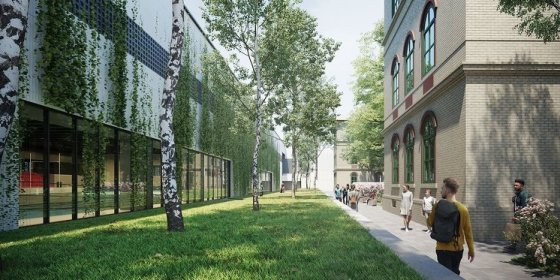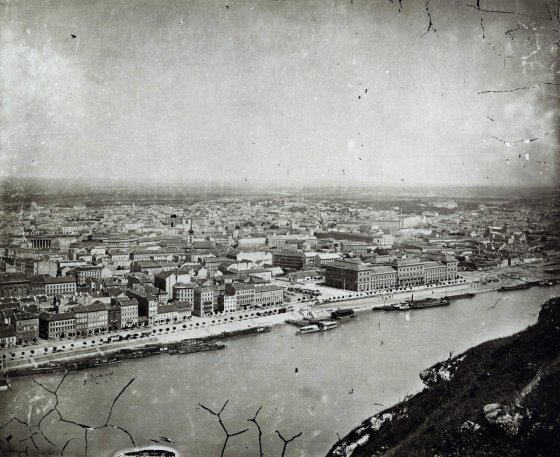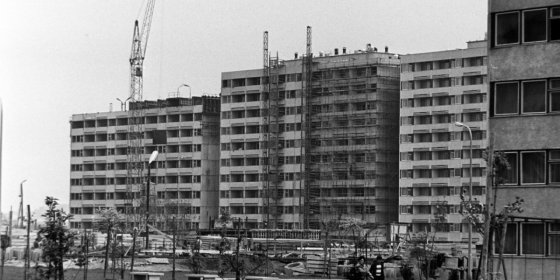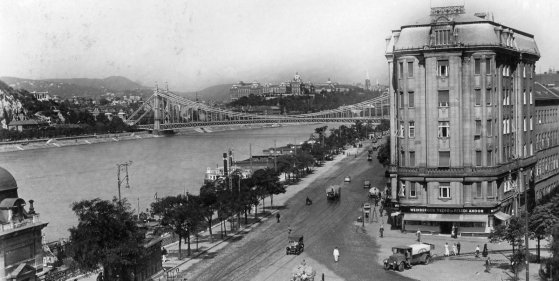 The „intertwined history” of the bridges and the city of Budapest
Which ideas and events have shaped the fate of bridges of Budapest and the cityscape? Alongside many other interesting facts, this question is also answered this newly published book by the Budapest City Archives, which introduces the history of bridges in Budapest.
The „intertwined history” of the bridges and the city of Budapest
Which ideas and events have shaped the fate of bridges of Budapest and the cityscape? Alongside many other interesting facts, this question is also answered this newly published book by the Budapest City Archives, which introduces the history of bridges in Budapest.
urban development
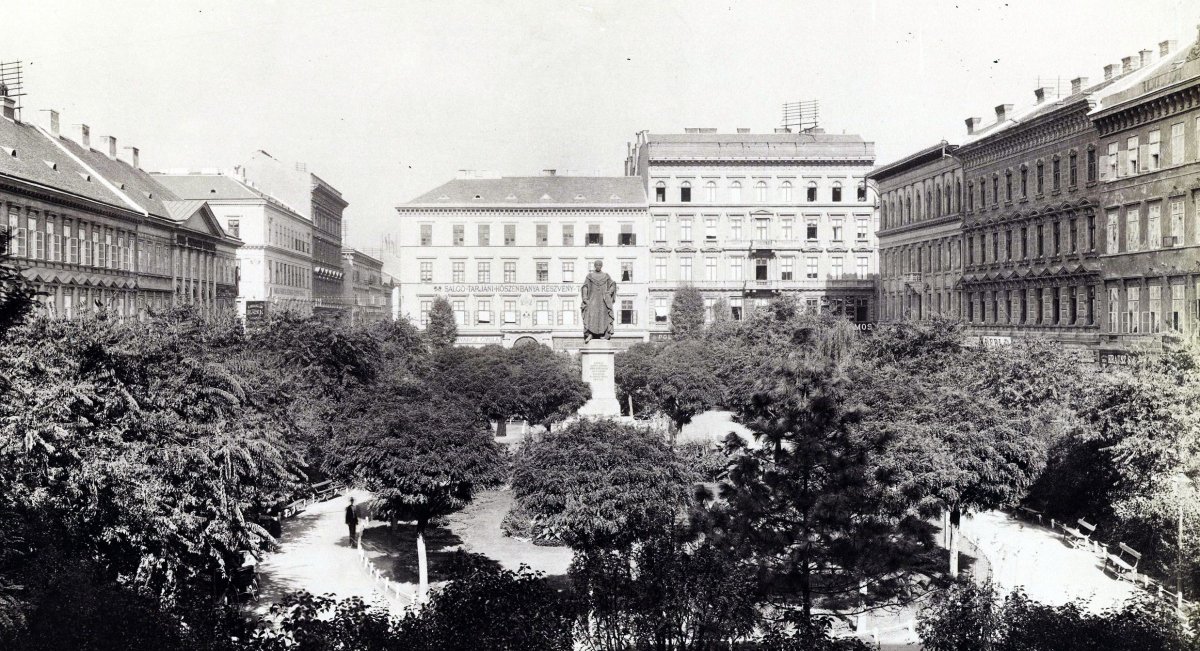 The end of the Salt Office in Pest - This is how József Nádor Square was born
The end of the Salt Office in Pest - This is how József Nádor Square was born
June 7, 2022 at 11:00 AM
The Danube is still an important trade route to this day, but in the first half of the 19th century the navigable waterway was even more important. Among other things, salt was transported on it, for the storage of which and the administration of the related taxes, a Salt Office was erected on the banks of the Danube in Pest. South of it, in the building of the Thirtieth Office, customs duties for commercial goods could be handled. However, the development of the city forced their demolition, and the József Nádor Square was established in its place.
Athletics hall, sports hotel to be built on the campus of the University of Physical Education, the historical garden is being reconstructed
January 18, 2022 at 8:00 PM
An athletics hall with a 400-seat grandstand, a sports roof on top, and new swimming pools and a sports hotel will be built in the Alkotás Street block of the University of Physical Education during the second phase of Buda's largest university development. In addition, the historic garden is being reconstructed around the main building designed by the institution, designed by Alajos Hauszmann.
When cyclists were also taxed in Budapest
October 9, 2021 at 11:00 AM
Budapest found itself in a difficult financial situation 115 years ago. Although cyclists and dog keeping were already taxed, water fees and tuition fees were raised, in 1906 it became clear that this was not enough to overcome the huge budget deficit. The government did not approve the planned additional tax burdens (such as the champagne tax and the card tax) and the new tax increases, but provided budget support to settle the capital's debt.
When panel housing defined urban development
December 23, 2020 at 10:00 AM
Forty-five years ago, in the last days of 1975, a new urban planning regulation was adopted in Budapest. The purpose of the provision was to provide an appropriate framework for the construction or housing estates and urban development, while also designating development zones and the number of buildings to be erected.
Liveable Budapest? The first plans were made 80 years ago
October 11, 2020 at 1:00 PM
Budapest adopted its first modern urban development plan in 1940. The massive 150-page document took eight years to prepare. Its main goal was to provide a livable environment for the inhabitants of the quickly growing city. The plan accounted for an increase in motor traffic, marked routes for underground railways, and pushed for architecturally unified residential areas. It also contained plans for the creation of community gardens in the densely populated areas of Pest and designated the embankment as an expressway for vehicles.
Livable Budapest? The first plans were made 80 years ago
October 11, 2020 at 1:00 PM
Budapest adopted its first modern urban development plan in 1940. The massive 150-page document took eight years to prepare. Its main goal was to provide a livable environment for the inhabitants of the quickly growing city. The plan accounted for an increase in motor traffic, marked routes for underground railways, and pushed for architecturally unified residential areas. It also contained plans for the creation of community gardens in the densely populated areas of Pest and designated the embankment as an expressway for vehicles.
More articles
 The „intertwined history” of the bridges and the city of Budapest
Which ideas and events have shaped the fate of bridges of Budapest and the cityscape? Alongside many other interesting facts, this question is also answered this newly published book by the Budapest City Archives, which introduces the history of bridges in Budapest.
The „intertwined history” of the bridges and the city of Budapest
Which ideas and events have shaped the fate of bridges of Budapest and the cityscape? Alongside many other interesting facts, this question is also answered this newly published book by the Budapest City Archives, which introduces the history of bridges in Budapest.
 The Bridge Report, which brought a turning point in the history of Budapest
A travel report that changed the history of Pest and Buda, as well as Hungary. The little book contributed to the change of half a thousand years of legal customs and the implementation of an investment of unprecedented size and technical quality. This book was The Bridge Report [Hídjelentés in Hungarian].
The Bridge Report, which brought a turning point in the history of Budapest
A travel report that changed the history of Pest and Buda, as well as Hungary. The little book contributed to the change of half a thousand years of legal customs and the implementation of an investment of unprecedented size and technical quality. This book was The Bridge Report [Hídjelentés in Hungarian].
 Drama on the university wall - The heroic monument was planned 95 years ago
In the constant hustle and bustle of the Egyetem Square in Pest, the students may not even notice the monument that decorates the short section of wall between the church and the central building of ELTE. However, it commemorates their predecessors, the heroes who fought for their country in World War I, and those who heroically helped them. The first design of the dramatically collapsing soldier was born in 1928, ninety-five years ago.
Drama on the university wall - The heroic monument was planned 95 years ago
In the constant hustle and bustle of the Egyetem Square in Pest, the students may not even notice the monument that decorates the short section of wall between the church and the central building of ELTE. However, it commemorates their predecessors, the heroes who fought for their country in World War I, and those who heroically helped them. The first design of the dramatically collapsing soldier was born in 1928, ninety-five years ago.

